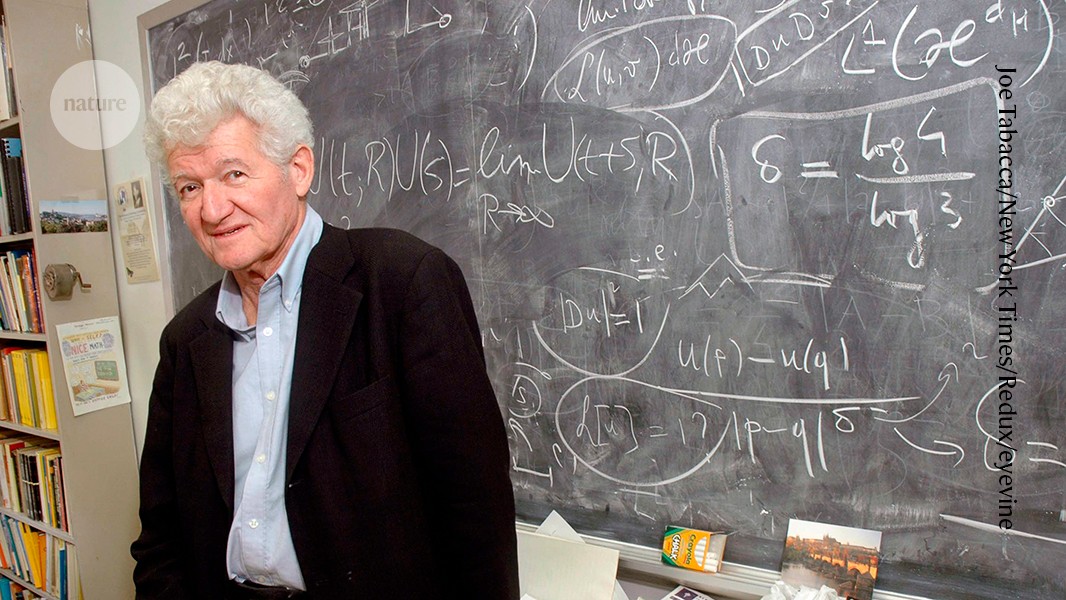
Credit: Joe Tabacca/New York Times/Redux/eyevine
The US–Hungarian mathematician Peter Lax revealed connections in fundamental equations that govern many physical processes and was a pioneer in the development of computer-based methods for solving them. He brought together pure and applied mathematics, and was awarded the Abel Prize in mathematics in 2005. The prize citation described him as “the most versatile mathematician of his generation” and as “combining a deep understanding of analysis with an extraordinary capacity to find unifying concepts”.
Lax was born in Budapest to two Jewish physicians. Noticing his prodigious mathematical gifts, they arranged for him to be tutored by a leading mathematician, Rózsa Péter. Lax’s father resisted fleeing Europe in the 1930s, thinking that Hungary would be spared the worst Nazi atrocities, but the family finally departed for the United States in December 1941, settling in New York City.
Revealed: the unusual mathematics that gives rose petals their shape
Lax published his first mathematical paper shortly after finishing secondary school. At the age of 18, he was drafted into the army, but he was sent to study engineering at Texas A&M University in College Station, and then to work on the Manhattan Project to develop nuclear weapons in Los Alamos, New Mexico. He worked on calculations of shock waves, required for the initiation of nuclear chain reactions. After his wartime work, he took classes at the University of New Mexico in Albuquerque, Stanford University in California and New York University (NYU), where he received his undergraduate degree on the basis of his combined coursework. He also did his PhD at NYU, becoming a research assistant professor there in 1949.
While in secondary school, Lax had begun to study with leading mathematician and German émigré Richard Courant, who headed the Institute for Mathematics and Mechanics at NYU (later renamed the Courant Institute for Mathematical Sciences). Courant emphasized the benefits of working on mathematical problems that were connected to real-world phenomena. Lax’s connection with Courant became lifelong: he spent his entire career at the Courant Institute. He also continued his involvement with Los Alamos throughout the 1950s, working during the summers at the cutting edge of the application of computers to solving problems in engineering.
‘Mind blowing’: quantum computer untangles the mathematics of knots
The Lax equivalence theorem gives a good demonstration of the style of Lax’s work. Differential equations consider changes in one variable in response to infinitesimally small changes in others. Many cannot be solved formally, although computers can generate results for small — although not minuscule — changes. But do the computer’s results converge to the true answer as the steps become smaller and smaller? This crucial question can be difficult to answer for any given equation. By examining this in a formal way, Lax proved that convergence was equivalent to stability — a property that is easier to prove — facilitating more-robust analyses.
Because many phenomena can be analysed through partial differential equations, Lax’s work influenced many fields, including fluid dynamics, aerodynamics, weather forecasting and imaging. He also had a key role in applying high-performance computing to a wide range of problems.




